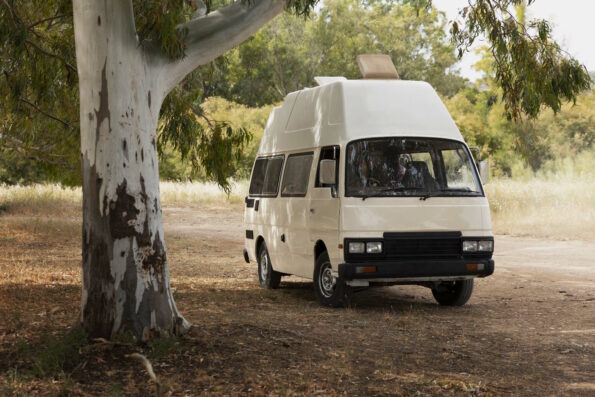It has to be said that there’s mostly not enough water, but when there is water, there’s often way too much. In terms of what you need in your motorhome, it’s best to have a little bit too much than be running dry miles from any reliable water source. If you’re heading into the more sparsely populated regions in your motorhome, you’ll need plenty of water. It’s common to have 200+ litres of drinking water capacity in a large motorhome versus half that in Europe or New Zealand, especially if your motorhome sleeps four and you have a shower facility. If being reasonably frugal, each person uses 8 litres per day for drinking, washing and cooking, so a 200l tank will last almost two weeks, assuming no showers!
If you are handy with tools, then you might be able to purchase a kit and upgrade your water tanks yourself. However, the risk is that if your water leaks, it could damage your vehicle, or leave you miles from anywhere to fix it and replace the lost water. Any reputable plumber can install your tanks because the job is similar to any residential plumbing work.
To carry the water, you’ll need a fresh water tank, a grey water tank of the same size (unless you have a monitor), and a black water tank if you have a flushable toilet.
Then comes the question of where to install them so that they don’t affect your handling. Adding 200 litres of water adds 200kg to your vehicle. Putting it in the wrong place can negatively affect handling on a smaller vehicle. You won’t be putting one 200-litre tank on your vehicle, it will be several smaller tanks so that they can be fastened securely in a convenient space, but this means more plumbing, and you have to think about how you’ll fill each one.

The best place is to situated it as low as possible and as centrally as possible. As the tanks empty, the water will slosh around. 100kg of water surging forwards under braking carries kinetic energy that will push your vehicle forwards, extending the braking distance slightly. It is better to buy several small tanks than one large one as they can be distributed around more easily for the best weight balance.
Some people put the fresh water tanks in front of the axle and the grey water tank behind it. It’s imperative that the tanks are protected from damage. Bear in mind that if you’re in an area that freezes, tanks located outside will also freeze.
If installing them inside, they will take up valuable storage space. Again, it’s important to keep them as low as possible within the vehicle. Water tanks mounted high up will affect the cornering performance. In extreme cases, sloshing water might contribute to a rollover.
To compensate for the extra weight, an additional 1-2PSI of air in the tyres can prevent your tyres from wearing prematurely. If you are adding a lot of water and will be carrying additional heavy items, check the load rating index of your tyres. Remember to inflate tyres when they are cold as the pressure will increase 2-6PSI while driving.
